Bramble fruits are a group of berries that typically grow on thorny, sprawling shrubs or trailing vines, most often belonging to the Rubus genus. They’re known for their clustered drupelets, sweet-to-tart flavors, and ability to thrive in both wild and cultivated settings. Common characteristics include prickly stems, arching canes, and fruits that shift in color as they ripen—often attracting birds, insects, and berry lovers alike. With over 200 species found worldwide, bramble fruits offer an impressive diversity, but to start you off, here are the most common bramble fruits.
1. Blackberry

Juicy, sweet-tart, and earthy, blackberries have a deep, almost wine-like richness when fully ripe. They shine in pies, jams, and smoothies, and their high antioxidant content makes them a nutritional powerhouse. Best picked when plump and dark for full sweetness.
2. Raspberry
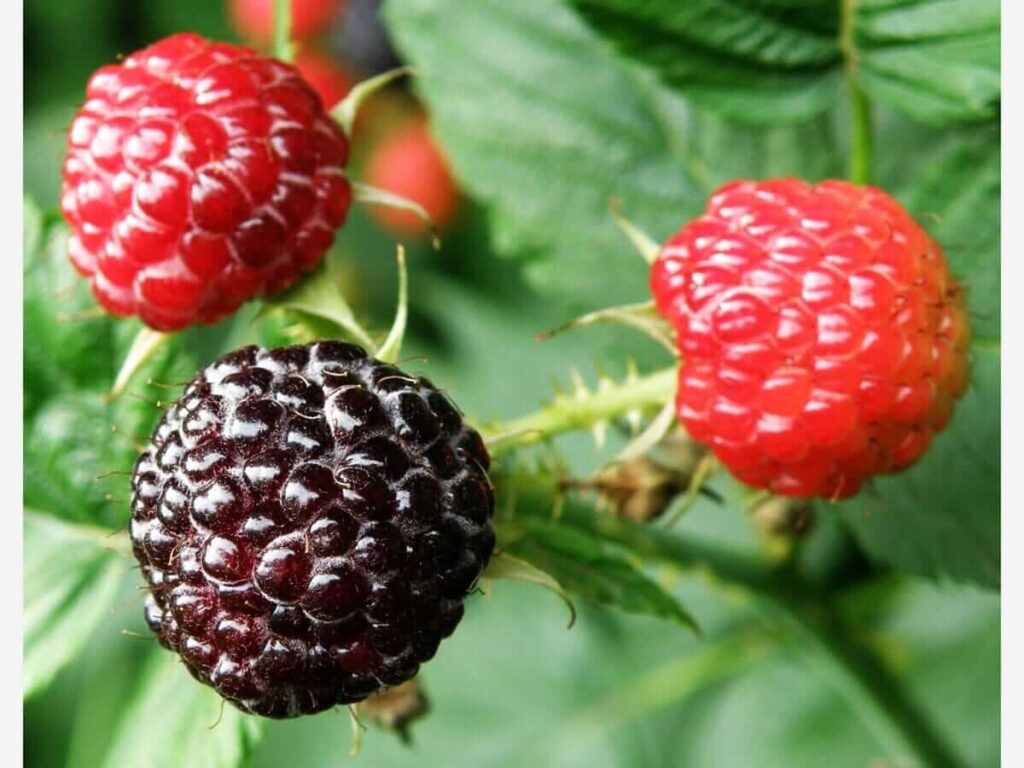
Fragrant, delicately tart with a floral sweetness, raspberries are equally at home in desserts, salads, or eaten fresh. Their hollow core and velvety texture make them fragile but intensely flavorful. Excellent for freezing and quick-cooking preserves.
3. Boysenberry
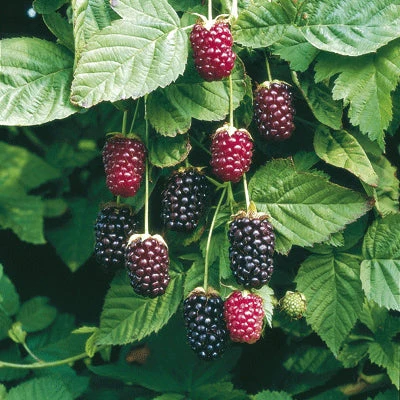
A hybrid of blackberry, raspberry, and loganberry, boysenberries are large, juicy, and complex—sweet with a tangy, musky undertone. They’re prized for rich jams, pies, and syrups, and are a West Coast specialty in the U.S.
4. Loganberry
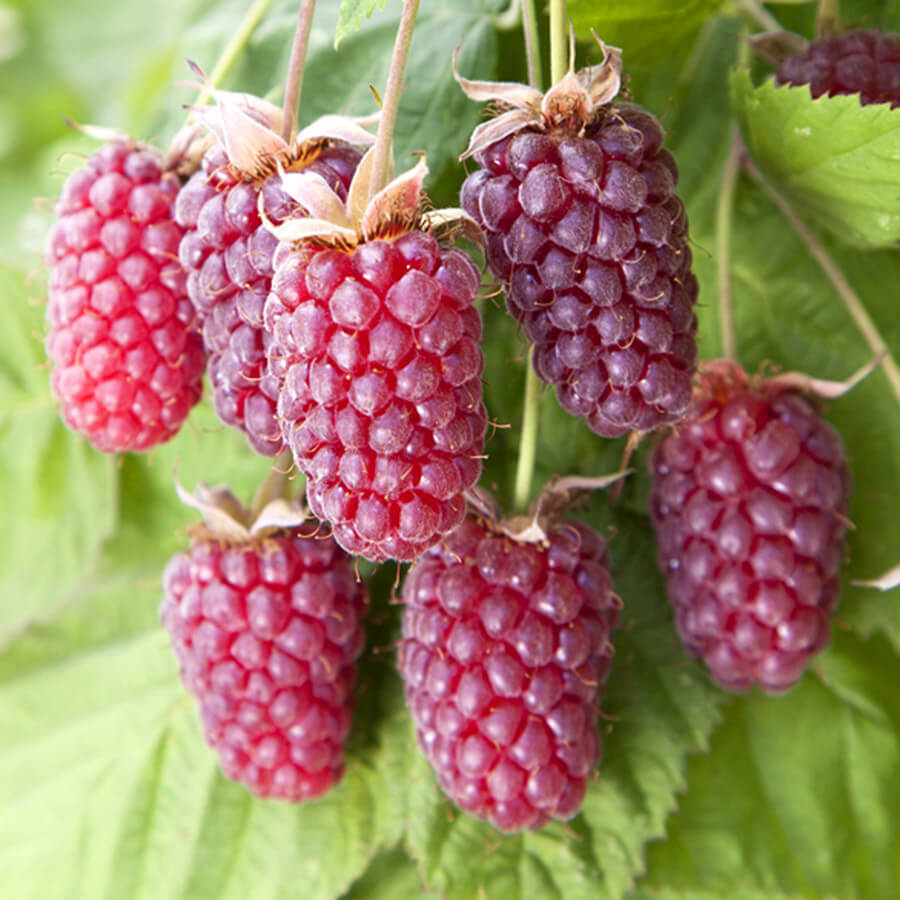
Tangy, winey, and less sweet than raspberries, loganberries bring a bold punch to sauces and baked goods. Their deep crimson hue makes for striking jams and cordials. They were discovered accidentally in California in the 19th century.
5. Youngberry
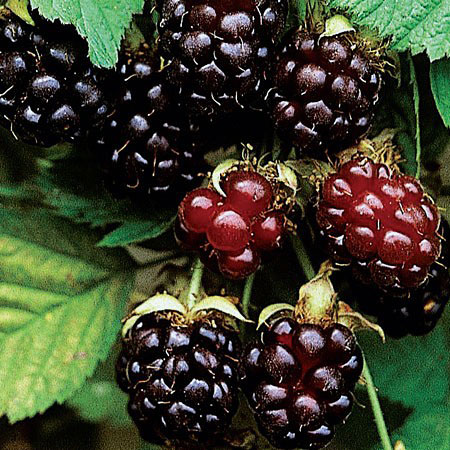
Sweeter and less tart than many bramble cousins, youngberries have a smooth, rich flavor that’s excellent for fresh eating and summer desserts. Their season is short, making them a sought-after treat in regions where they grow.
6. Dewberry
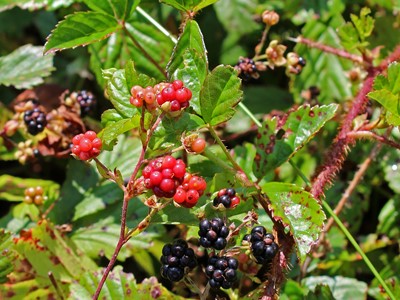
Similar to blackberries but smaller and earlier-ripening, dewberries have a soft, sweet flavor with mild tartness. They’re often foraged in the wild and make delicate jams or cobblers. They creep along the ground rather than growing upright.
7. Marionberry
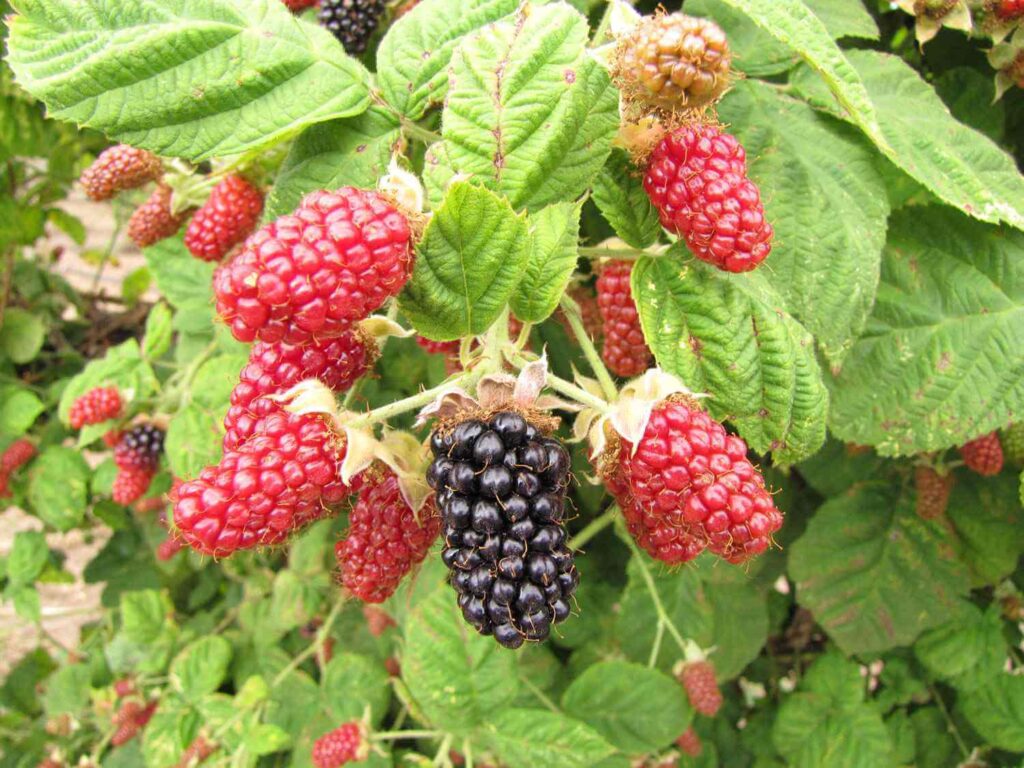
Known as the “Cabernet of Blackberries,” marionberries are rich, complex, and slightly earthy with a perfect sweet-tart balance. They’re the star of Oregon’s berry industry, famous in pies, muffins, and preserves.
8. Tayberry
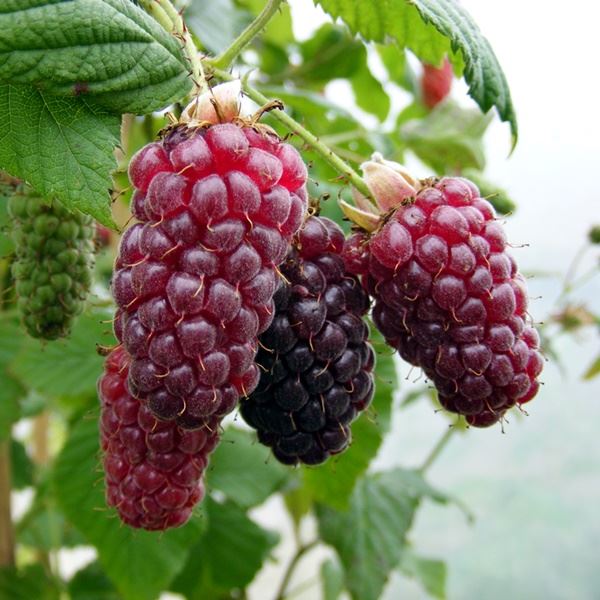
A cross between a raspberry and blackberry, tayberries are juicy, aromatic, and sweeter than loganberries with a softer texture. They’re excellent for making jam without much added sugar and are beloved in the UK.
9. Cloudberry

Golden-orange and resembling a raspberry in shape, cloudberries are tart with a hint of honey when ripe. Highly prized in Nordic cuisine, they’re made into jams, liqueurs, and served with cream or cheese. Rare and expensive due to short seasons and remote habitats.
10. Wineberry
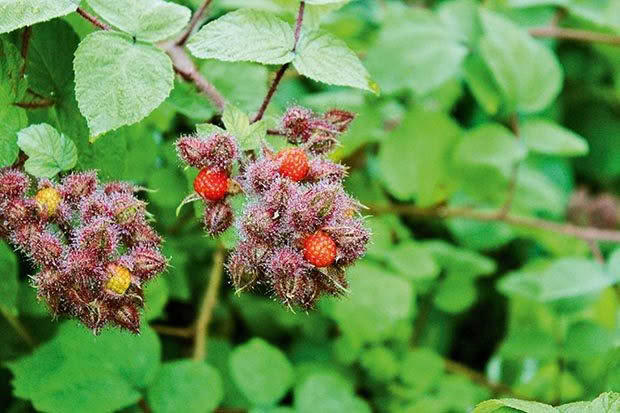
A red, raspberry-like fruit with a sweet-tart taste and a hint of citrus. The stems are covered in sticky red hairs, making them stand out while foraging. Great for fresh eating or turning into jewel-like jams.
11. Salmonberry

Large, soft, and mildly sweet, salmonberries vary from yellow to deep red in color. Native to the Pacific Northwest, they’re often eaten fresh, in jams, or fermented into wine, though their flavor is more subtle than other brambles.
12. Thimbleberry
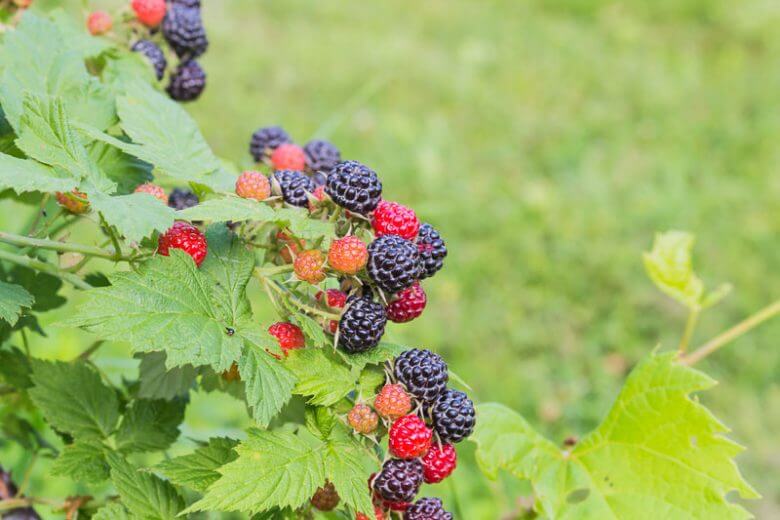
A soft, velvety red berry resembling a raspberry but flatter and wider, known for its mild, sweet-tart flavor and large, edible leaves. The plant produces delicate white flowers in spring, and its fruit is often used in preserves, desserts, and teas.
13. Stone Bramble
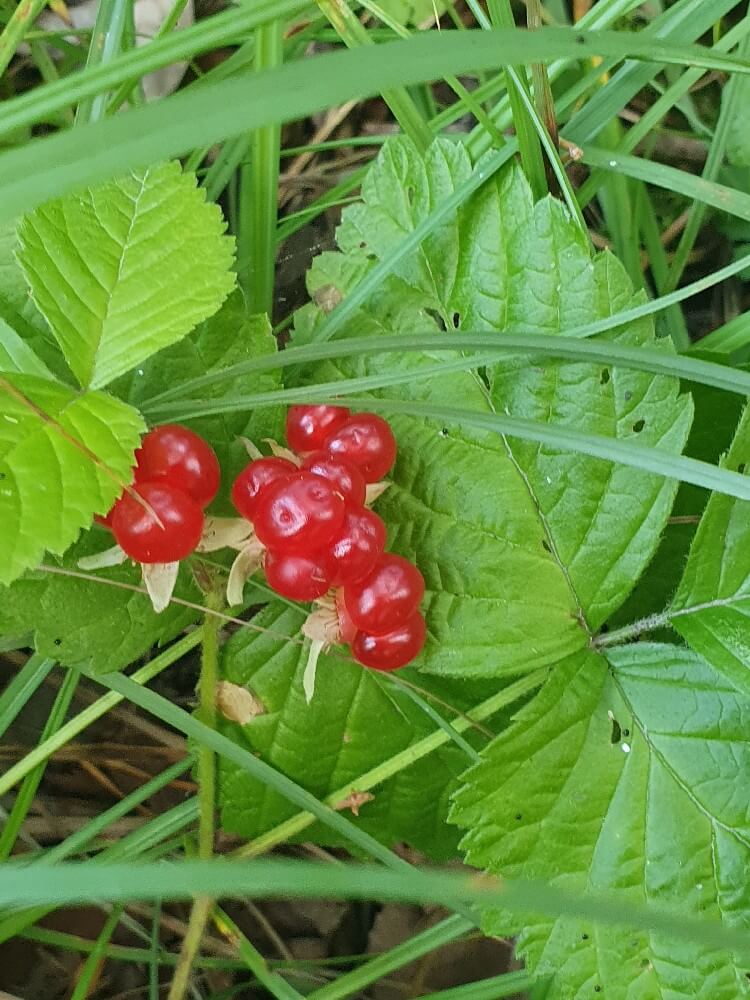
A low-growing bramble with clusters of small, bright red berries that are tart and slightly juicy, often found in woodland and rocky areas. The berries are usually eaten fresh or made into jams, though they’re less sweet than other brambles. Birds and small mammals also enjoy them as a summer food source.
How To Tell Brambles Apart
Most bramble fruits resemble little clusters of shiny beads, but to the trained eye, there are several telltale traits that set them apart. One of the easiest ways to start identifying them is by color. While many brambles ripen to deep red, purple, or black, some remain golden, yellow, or even amber when fully ripe — a feature seen in golden raspberries and certain Himalayan raspberry varieties. Others go through multiple color phases before maturity, such as black raspberries, which transition from green to red before reaching their final deep purple-black hue.
Shape and size also offer important clues. Blackberries typically form longer, more elongated clusters of drupelets, while raspberries are generally rounder or conical. Hybrid varieties like boysenberries and loganberries often produce larger, more oblong fruits compared to their wild relatives.
Perhaps one of the most reliable differences lies inside the berry. Raspberries detach from the plant leaving their white core, or receptacle, behind, resulting in a hollow center. Blackberries, on the other hand, retain the core inside the fruit, making them solid.
Flavor can be just as distinctive as appearance. Black raspberries tend to have a deep, wine-like taste with mild tartness, while red raspberries deliver a bright, sweet-tart punch. Fully ripe blackberries are sweet but may carry an earthy or slightly bitter note. Hybrids such as tayberries and loganberries often balance sweetness and tartness with richer, more complex flavors.
Finally, observing the plant’s canes and leaves can help confirm your identification. Some brambles, like blackberries, have arching canes, whereas others, like red raspberries, grow more upright. Leaf characteristics — including shape, number of leaflets, and whether the undersides are fuzzy or smooth — can vary significantly between species, making them another valuable field marker for foragers and gardeners alike.
